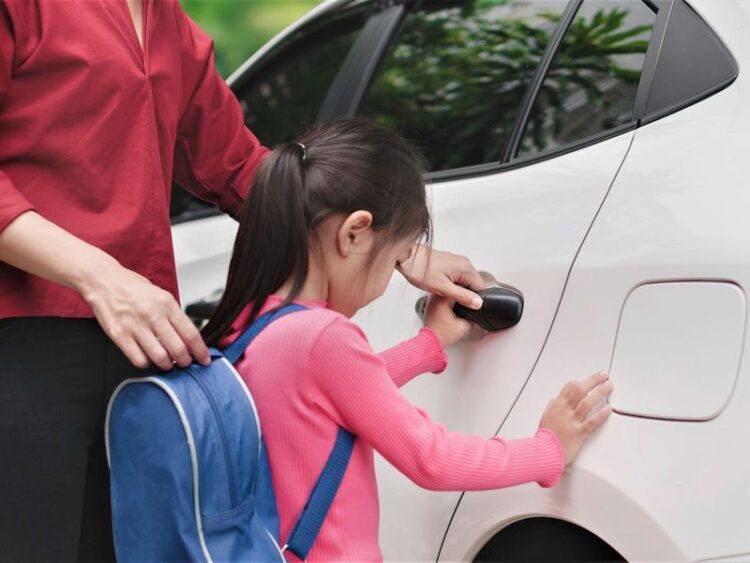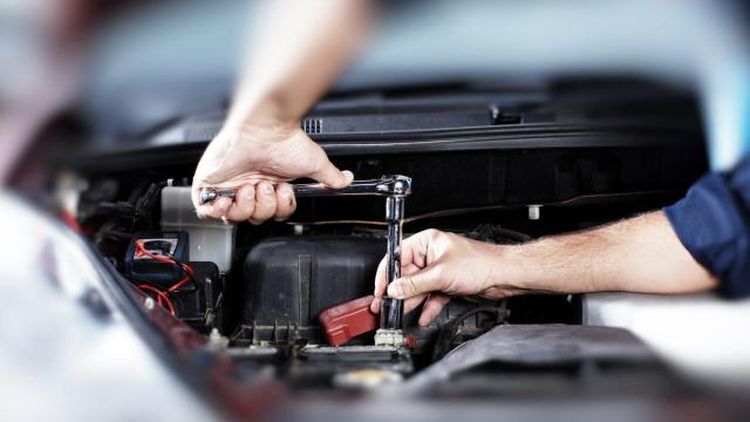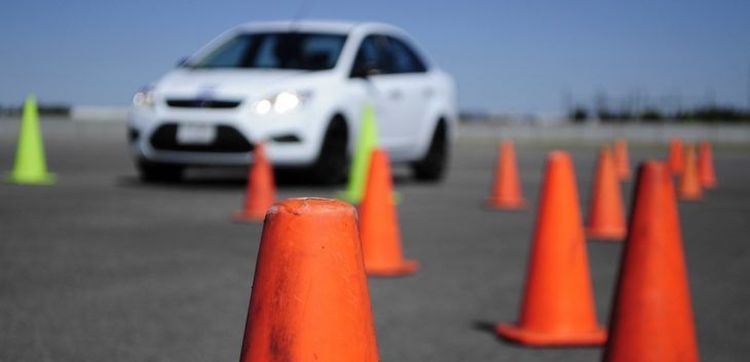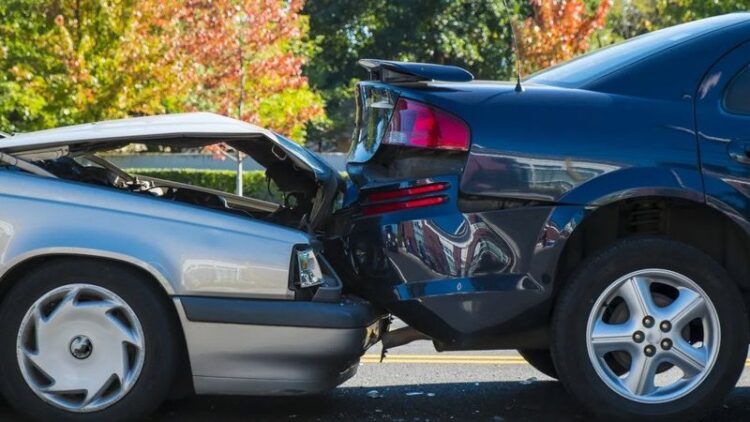The last thing anybody wants to experience is an automobile accident. In the United States alone, there are more than six million annual car accidents – that’s more than 16,000 every single day. It’s obvious that auto accidents are very common and sometimes cannot be avoided, but that doesn’t necessarily mean you are guaranteed to experience one anytime soon.
There are many actions before you get behind the wheel – as well as some once you’re driving – that can minimize the chances of being in a car accident. Some are fairly obvious, while others may not be on your radar. Each change and consideration can further reduce the likelihood that you’ll experience a wreck, whether it be a fender-bender or a major collision.
As such, let’s examine nine elements you’ll want to consider that can help reduce the chances of having an auto accident.
Page Contents
Don’t Buy the Wrong Car

source:aol.com
Would you believe that the first consideration you can make that helps avoid car accidents occurs before you even make your first car payment? While it may not be obvious, choosing the wrong car at the dealership can make a big difference in your likelihood of an accident.
First and foremost, let’s discuss car colors; some colors are naturally more prone to accidents due to their less visible nature. Red, blue, gray, and black is the colors most associated with auto accidents per capita, making them potentially dangerous choices (with black being the most dangerous). It shouldn’t be hard to understand, as these colors either blend in with many natural surroundings or are commonly found in other structures, surfaces, and elements while driving.
If you want to be safe with regard to color, then choosing white, yellow, orange, or gold are the best bets in terms of visibility.
Avoid Driving at the Wrong Times

source:engoo.com
We can’t always avoid driving at specific times. Whether it be going to work, picking the kids up from school, or running some other time-sensitive errand, some tasks can’t wait. However, it’s important to note that a disproportionate share of accidents occurs either at night or during inclement driving conditions. As such, if you can avoid driving when it’s dark or stormy, instead opting to do so when it’s daytime or better weather, then you’ll dramatically reduce the chances of having an accident.
If you do have an accident, make sure to contact a car accident attorney, such as one at hasnerlaw.com.
Eliminate Distracted Driving

source:unsplash.com
How many aspects of your day-to-day driving routine draw your attention away from the most important task-at-hand? In actuality, there are several examples of distracted driving that are considered normal (or at least in some cases, tolerated).
Listening to music is one prominent example. Have you ever found yourself turning down the radio when you need to focus or concentrate? It’s a perfectly natural reaction – some studies even suggest that a reasonable volume of music can improve driving. However, loud music can slow reaction times by as much as 20 percent.
Texting, cell phone use, or even visual forms of technology are another major no-no if reducing the chances of an accident is desired. While many states have banned cell phone use outside of hands-free solutions, even communicating by voice can be a distraction. Likewise, touchscreens or another visual tech in the car can be just as distracting as texting, so avoid this while en route.
Perform Regular Maintenance

source:Car News
Your car can only run as well as its weakest mechanical component; in the absence of proper repairs, your driving experience may be impaired, thereby increasing the chances of an accident. What are some examples of wear and tear that can increase your likelihood of an accident?
Tire pressure and condition are important. Underinflated tires can change the driving experience of the car, making the car respond differently than it would otherwise. Likewise, aging tires increase the time/distance it takes to break, potentially resulting in collisions where newer tires would have avoided such a fate.
Brakes are, of course, crucial in avoiding accidents, given that most accidents occur due to a driver colliding with another driver from the rear, ensure these are in proper working order.
Your lights and electrical system are other critical factors that may be overlooked at times. The electrical components of your vehicle not only ensure proper performance but ensure absolute functionality as well. A bad connection could leave you stranded on the side of the road, making your vehicle a magnet for collisions.
Take a Safe/Defensive Driving Course

source:pinterest.com
While accidents often happen seemingly in the blink of an eye, there is a fair percentage that can be prevented by having the right skills and training. With many accidents having a 2 to the 3-second window between when one or more drivers detect the impending event, and it is actually happening, a safe driving or defensive driving course can help hone your senses and teach you how to respond quickly.
There are both online and in-person classes, each of which offers its own benefits. While in-person classes will use real-world events to simulate and teach, even a basic understanding of fundamentals can reduce the chances of being in a car accident. Additionally, most car insurers offer savings to those who complete a safe/defensive driving course, such as AARP’s Smart Driver course.
Other Important Concerns

source:mentalfloss.com
There are many smaller actions you can also take to reduce the chances of an accident, all of which can quickly contribute to a safer driving experience.
Most accidents occur in the left lane of a highway or interstate. When driving in a multi-lane environment, keep to the left or center lane, so you have more options to avoid a collision.
Make sure to keep your eyes focused ahead while driving, but be aware of those blind spots. You may need to adjust your side and rear-view mirrors to ensure these blind spots are minimized.
If you notice one or more vehicles that have clearly been in prior accidents, then do your best to avoid them. While a past accident is no guarantee of a future one, actuaries do suggest that past accidents may indicate some semblance of inattentiveness.
If you give these nine broader tips some consideration, you’ll dramatically improve the chances of avoiding an accident while on the road. While some accidents are genuinely unavoidable, many can be prevented by a proper foresight, a bit of training, and some situational awareness.





